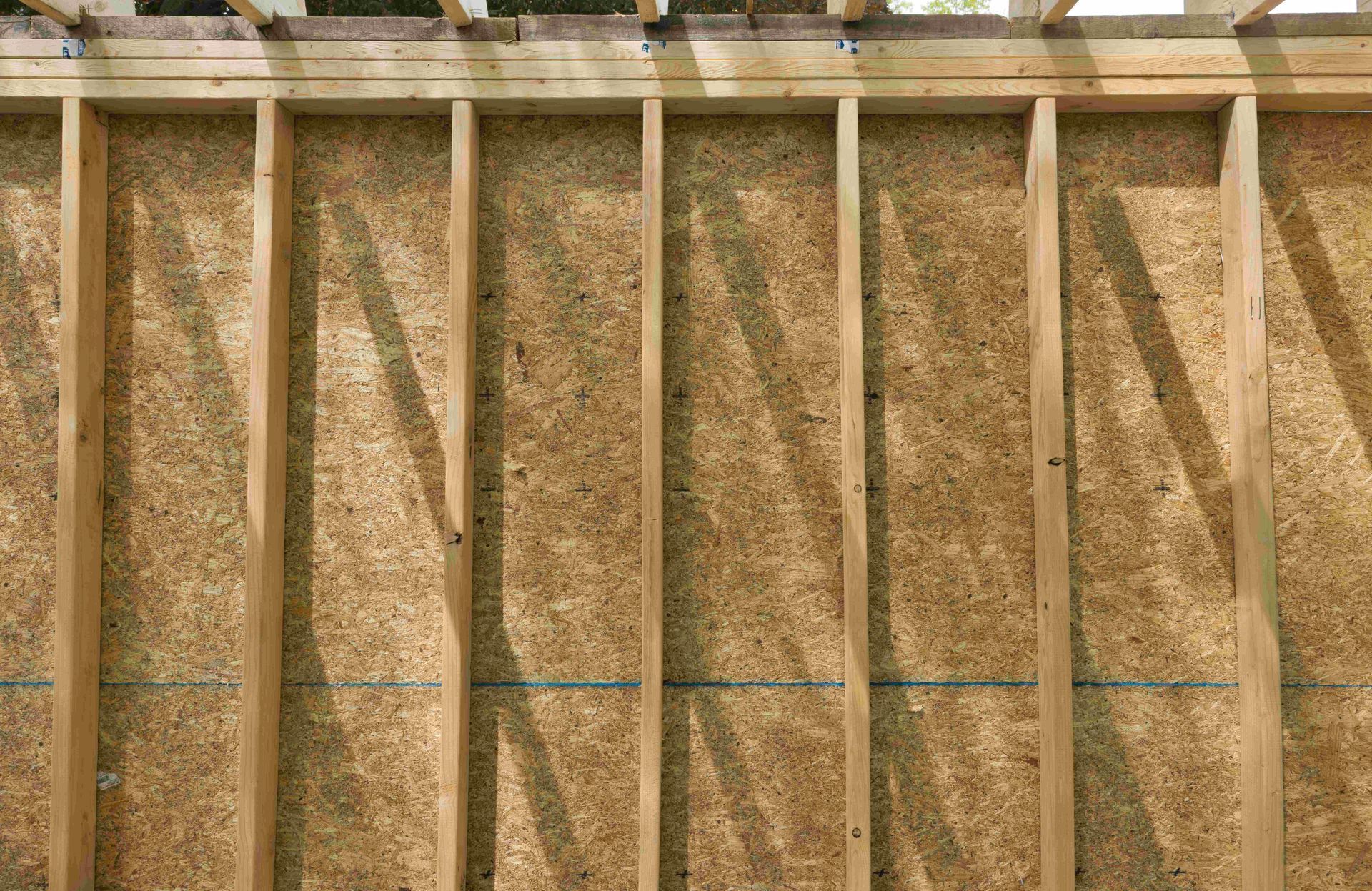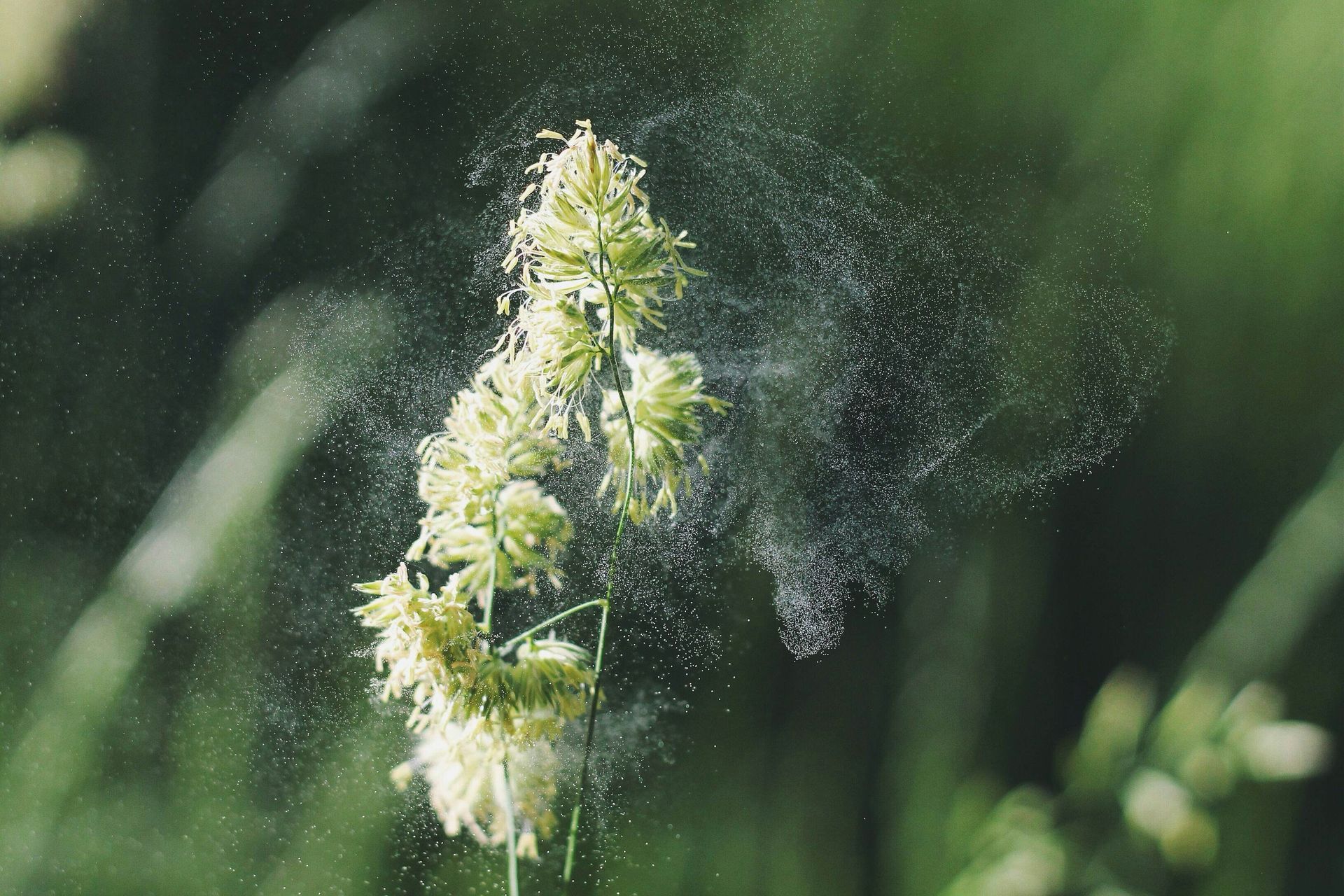How Many Inches of Spray Foam Do I Need? A Comprehensive Guide
Determining the right amount of spray foam insulation is crucial for achieving optimal energy efficiency and comfort in buildings. In this comprehensive guide, we'll delve into the factors that influence insulation thickness and provide detailed guidelines for calculating the inches of spray foam needed.

Factors Influencing Insulation Thickness:
Numerous factors impact the required thickness of spray foam insulation. These include the climate zone, local building codes, energy efficiency goals, building materials, and even the orientation of the building. Understanding these factors is essential for making informed decisions about insulation.
Understanding R-Value:
R-value is a critical metric that measures the thermal resistance of insulation. A higher R-value indicates better insulation performance. It's crucial to consider the recommended R-values for different areas of the building, especially in regions with extreme temperature variations.
Calculating Insulation Thickness:
To calculate the required inches of spray foam insulation, a comprehensive approach is necessary. Begin by determining the desired R-value based on your location and energy efficiency objectives. Then, consider factors such as the insulation type (open-cell or closed-cell), building size, and specific areas requiring insulation.
Common Applications and Thickness Guidelines:
- Attics: Attic insulation plays a significant role in energy conservation. In colder climates (Zone 5 and higher), the recommended insulation thickness ranges from 10 to 14 inches for optimal performance. In moderate climates (Zone 4), aim for 8 to 12 inches, while warmer climates (Zone 3 and below) may require 7 to 10 inches.
- Walls: Walls are critical areas for insulation to maintain energy efficiency and indoor comfort. In colder climates (Zone 5 and higher), the recommended wall insulation thickness ranges from 3.5 to 6 inches for optimal thermal performance. In moderate climates (Zone 4), aim for 3 to 5 inches, while warmer climates (Zone 3 and below) may require 2 to 4 inches to achieve the desired R-value.
- Roofs: Roof insulation is crucial for maintaining interior comfort and preventing energy loss. Recommended roof insulation thickness varies based on factors such as roof type (flat or pitched), ventilation, and local climate conditions. In colder climates (Zone 5 and higher), the recommended thickness ranges from 10 to 18 inches for optimal thermal performance. In moderate climates (Zone 4), aim for 8 to 14 inches, while warmer climates (Zone 3 and below) may require 6 to 10 inches.
- Basements and Crawl Spaces: Insulating basements and crawl spaces is essential to prevent moisture issues and improve energy efficiency. Recommended thickness for crawl spaces ranges from 2 to 4 inches in colder climates (Zone 5 and higher), 2 to 3 inches in moderate climates (Zone 4), and 1.5 to 2.5 inches in warmer climates (Zone 3 and below). For basements, aim for 4 to 6 inches in colder climates, 3 to 5 inches in moderate climates, and 2 to 4 inches in warmer climates to achieve the desired R-value and thermal performance, considering additional considerations for moisture control and building codes compliance.
Consulting with Professionals:
While this guide provides general guidelines, consulting with experienced spray foam insulation professionals is highly recommended. Professionals can conduct detailed assessments, consider specific building requirements, and provide tailored recommendations for insulation thickness and type.
FAQs:
- Is thicker insulation always better? While thicker insulation can enhance energy efficiency, it's crucial to strike a balance based on cost-effectiveness, space limitations, and building codes compliance.
- What's the difference between open-cell and closed-cell insulation thickness requirements? Closed-cell insulation typically requires less thickness to achieve a specific R-value compared to open-cell insulation, making it a preferred choice for certain applications.
- How can I measure existing insulation thickness? Professional inspectors utilize specialized tools and techniques to accurately measure existing insulation thickness and assess insulation performance.
Conclusion:
Determining the right inches of spray foam insulation is paramount for optimizing energy savings, enhancing comfort, and meeting building code requirements. By considering factors such as R-value, climate conditions, and professional recommendations, property owners can make informed decisions and achieve long-term benefits from their insulation investments.
Let’s talk about your project
Fill in the form or call to set up a meeting at (715) 255-2632



